by James K. Swisher
The battle at Kings Mountain in October 1780 was the only clash of the American Revolution in which the entire colonial force was armed with American long rifles. Thus this decisive engagement provided a distinct and undisputed test of 18th-century European close-order, volley-fire tactics against the precision-fire, open-order techniques favored by colonial frontier riflemen. Terrain and tactics were factors in the battle’s outcome, of course, but the most critical determinate was the distinctive weapon employed by the colonists.
The muzzle-loading flintlock long rifle was developed in the first half of the 18th century, primarily in an area southwest of Philadelphia. A substantial contingent of immigrant German gunsmiths, who had debarked in Philadelphia, set up mills and gun shops virtually on the frontier. They cleverly married two concepts: the short-barreled rifled guns they brought from central Europe, and the long-barreled, smooth-bore English fowling pieces favored by their Scotch-Irish neighbors. The result was a uniquely American weapon of German and Scotch-Irish lineage with a lengthened grooved barrel that allowed full burning of the powder charge and markedly increased range and accuracy.
[text_ad]
A Marked Rise in Production
Shortly after the hybrid weapons were offered, American frontiersmen heard of their effectiveness and clamored for them. Production rose and gunsmiths hired apprentices and assistants to keep up with demand. Jacob Dickert, a Moravian from Lancaster, Pa., became noted as the developer of a superb gun that combined strikingly effective firepower with a design so simple and yet attractive as to denote his craftsmanship in wood, iron, and brass. Dickert’s early models contained a rifled barrel of 40 to 46 inches long containing seven spiraled grooves; a curved, curly maple stock; and a brass patch box. He usually engraved “J. Dickert” on the barrel and often included an oval touch mark that contained an Indian tomahawk crossed with an arrow. Fancy silver trimmings and engraving were added to the taste of individual woodsmen.
Dickert, whose name was initially attached to a school of gunsmiths, was exceptionally productive. He and his assistants turned out hundreds of guns. But he was only one gunsmith among large numbers of equally adroit craftsmen. Names such as J.P. Beck, Abraham Schweitzer, Christopher Kline, and John Graeff were just as well known and their products equally valued. Famed American frontiersmen such as Daniel Boone, Simon Kenton, and Lewis Wetzel were proud owners and accomplished users of this new American work of art, which decades later became known as the Pennsylvania Rifle, and then the Kentucky Rifle.
Awkward Reloading Created Disadvantages
As a military weapon, the long rifle was slow and awkward to reload, even for an expert. First a quantity of powder, “enough to fill a ladies [sic] thimble,” was poured down the barrel. Next a greased cloth patch was placed over the muzzle and a ball seated on the patch. Both patch and ball were then rammed home, the firing pan was primed with a few grains of powder, and the weapon was ready to fire. An experienced rifleman could fire two shots per minute with some experts claiming to fire three times in that same period. Rifle users developed loaders made of bored wooden blocks designed to hold patch and ball charges to speed the process. Lewis Wetzel was said to always carry six balls in his jaw when across the Ohio River.
Long rifles were too light and fragile for use in hand-to-hand combat and could not be modified for a bayonet attachment—frontiersmen carried tomahawks and knives, Indian style, for close work. Because each gun was made individually, they varied somewhat in bore so that the ball used in each gun had to be individually cast. Calibers ranged from .40 to .60 and this wide range complicated supply efforts for a military unit.
The fundamental and encompassing advantage of the long rifle was its accuracy and range. Experienced riflemen were adept at distances of 300 yards while the standard-issue Brown Bess used by British soldiers was accurate at only about 80 yards.
Strangely, at Kings Mountain the military use of this American invention occurred within a set of circumstances so fortunate as to seem prearranged. The weapon was in the hands of a collection of temporary soldiers, all experienced riflemen; the desolate mountainside offered perfect terrain for the cover-to-cover style preferred by the American riflemen; and British tactics actually favored the weapons of their adversary. The loyalists engaged the colonists at about 200 yards, a distance at which their muskets were not effective, but which was well within the killing range of the American long rifle.
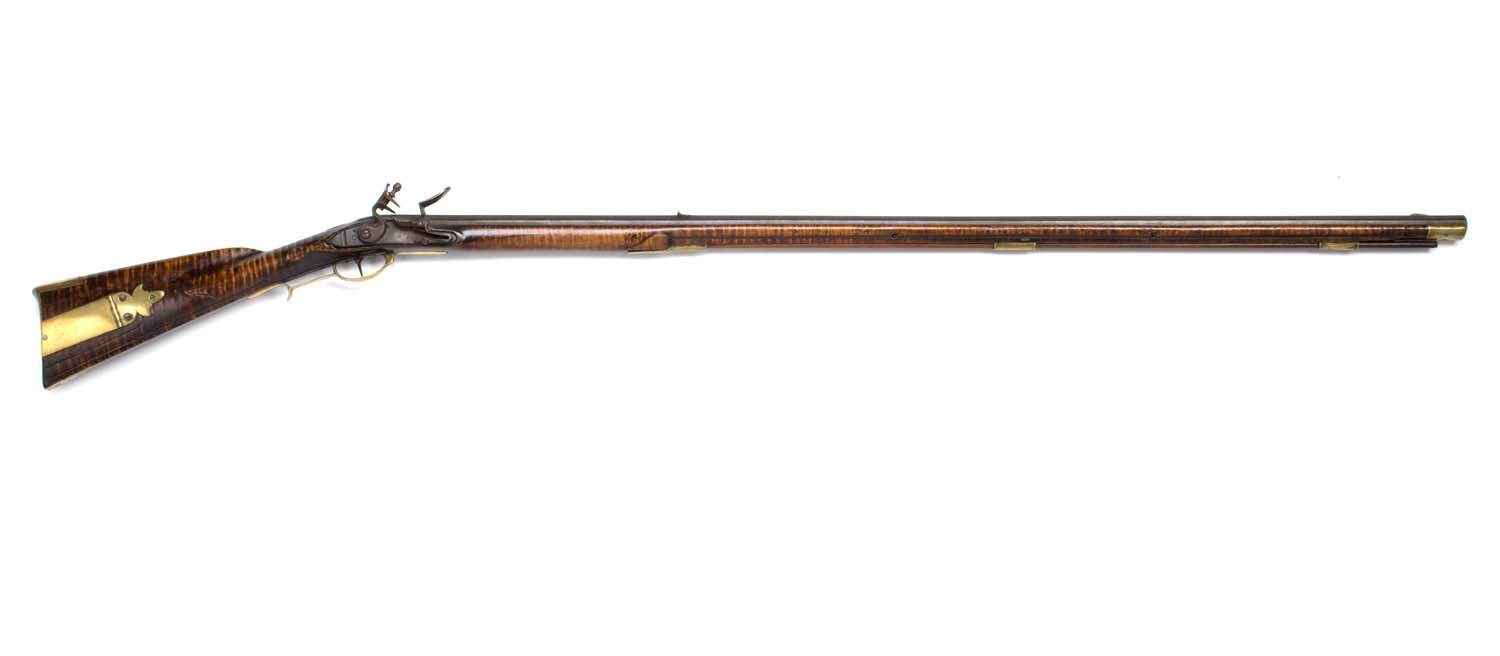
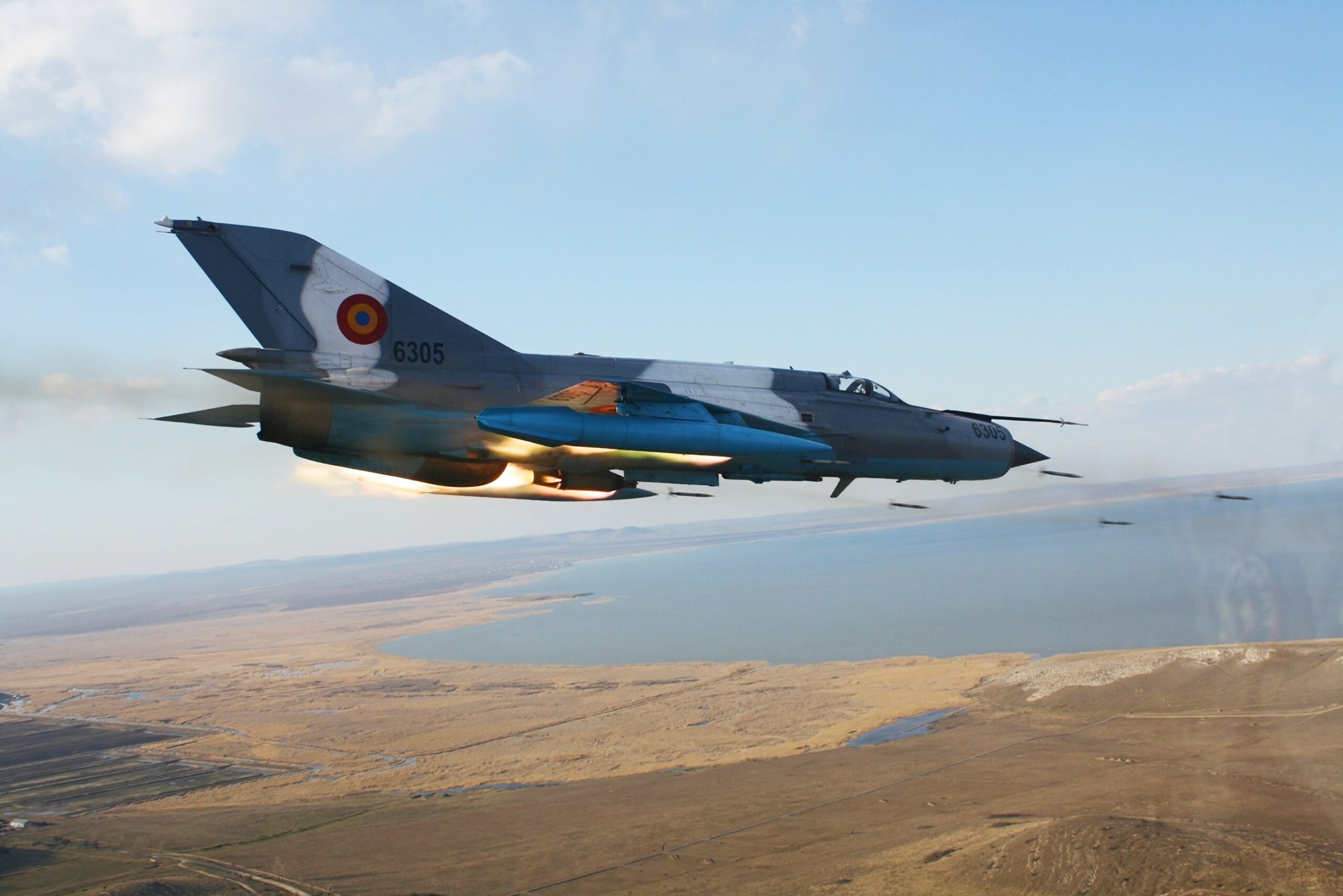
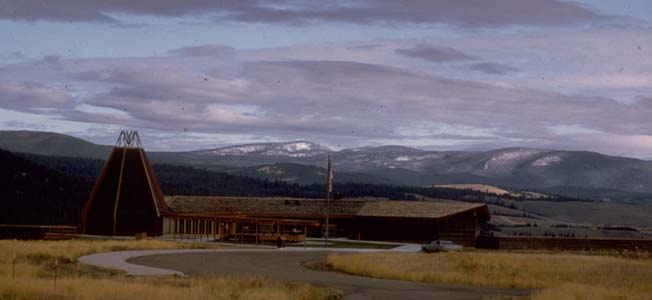

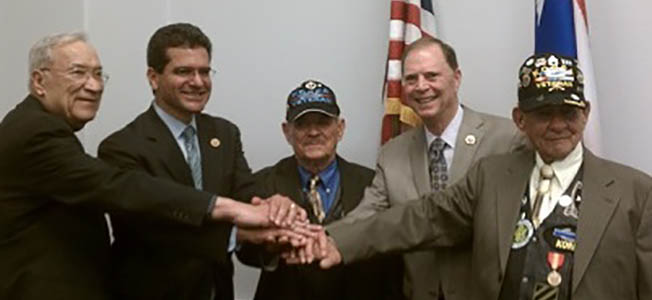

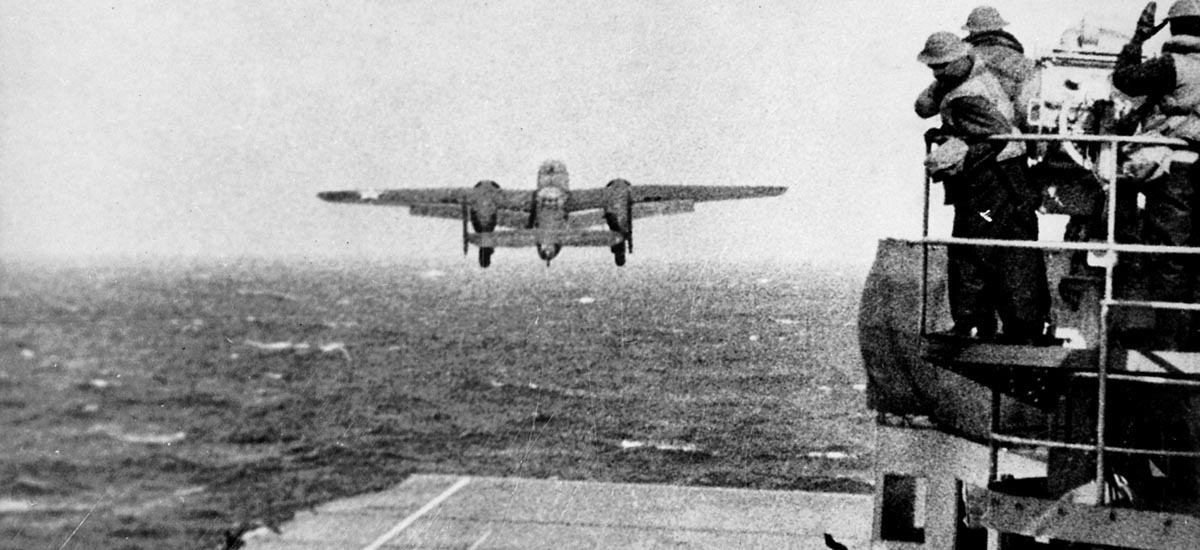
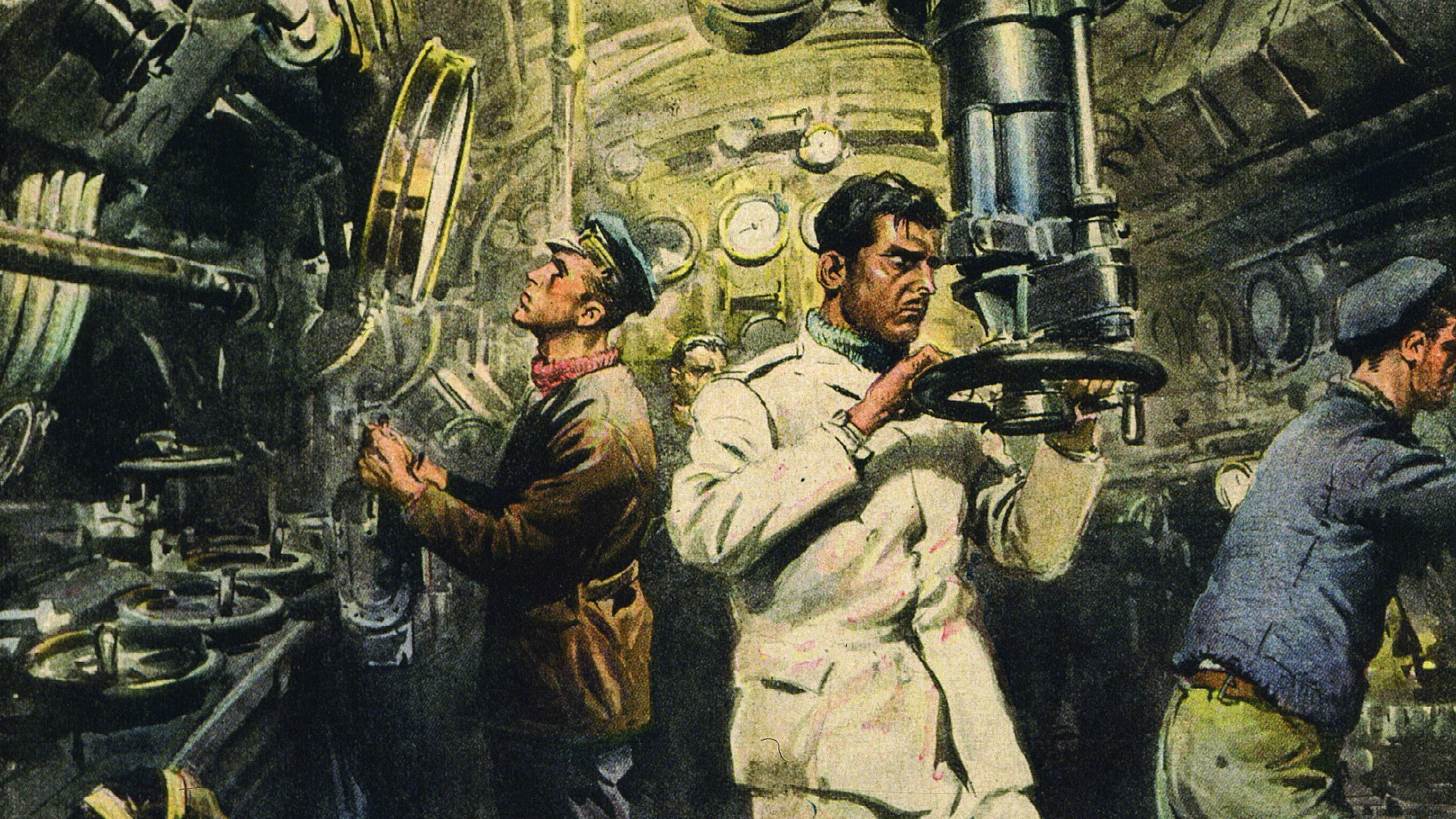
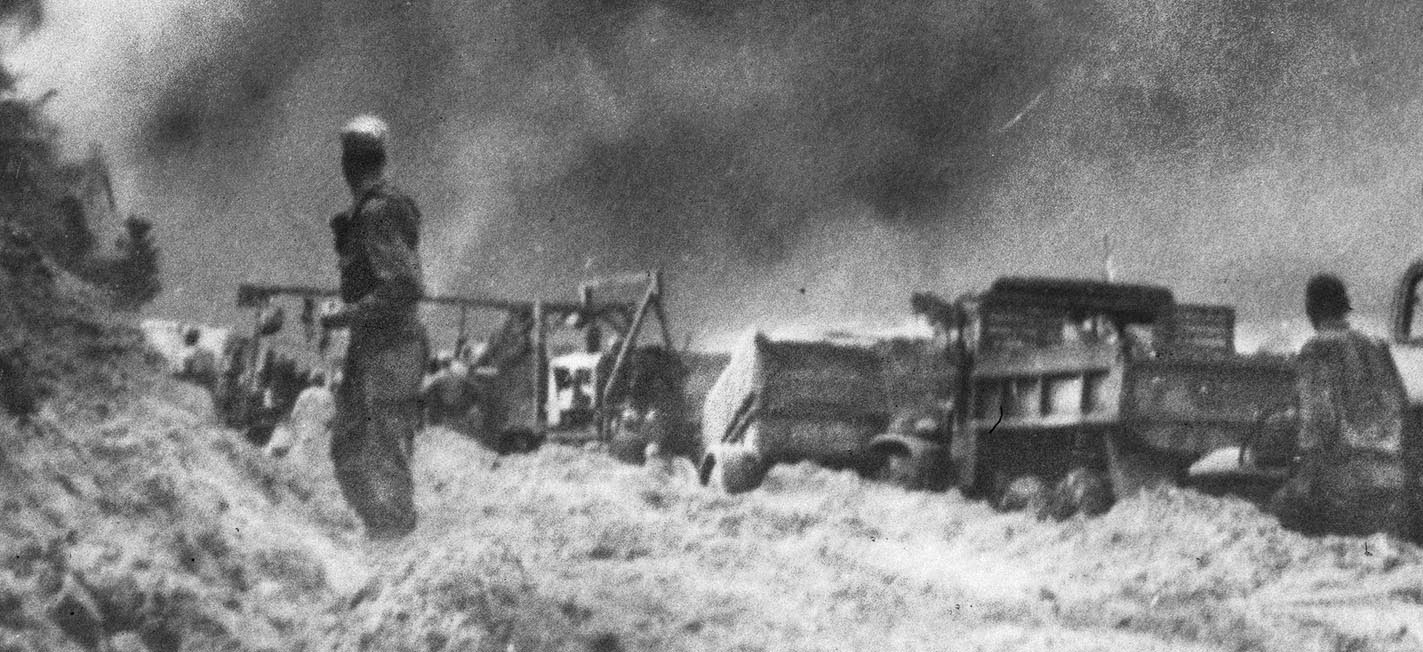
Join The Conversation
Comments
View All Comments